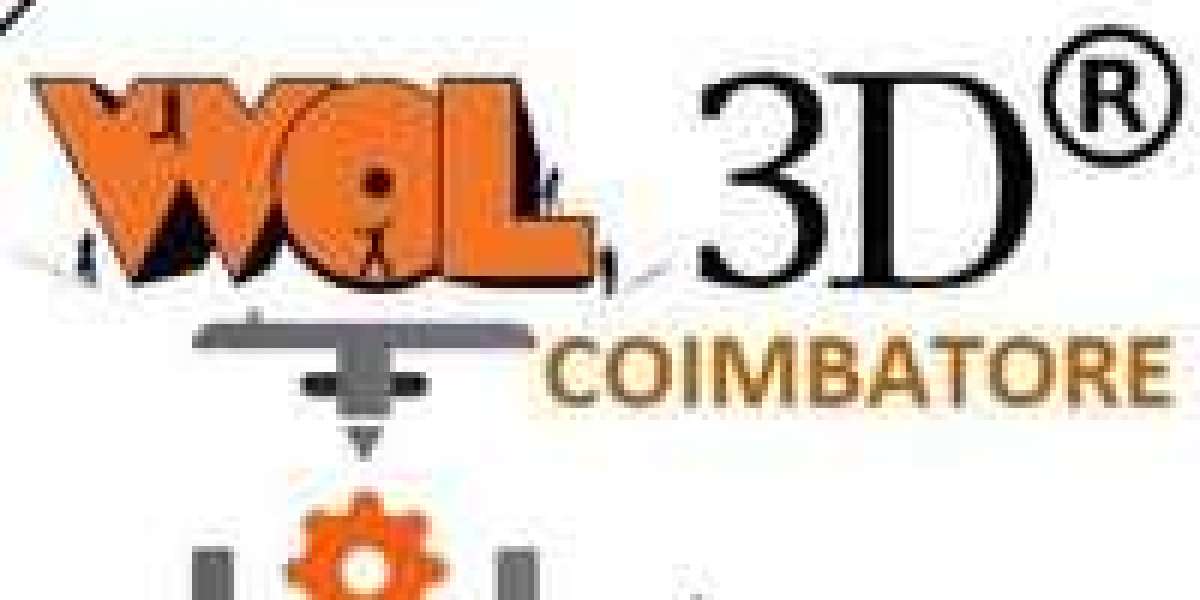The Rise of Affordable 3D Printing
No break, no break, what is it low-priced 3d printer.3D printing technology has come a long way in recent years, with the development of low-priced 3D printers making this once niche technology accessible to a wider audience. These affordable machines have democratized manufacturing processes, allowing small businesses and hobbyists to create prototypes, parts, and products with ease.
Enhancing Prototyping and Customization
One of the key ways in which low-priced 3D printers are revolutionizing manufacturing is by enabling rapid prototyping and customization. Traditional manufacturing methods often involve high costs and long lead times for creating prototypes. However, with a low-priced 3D printer, designers can quickly iterate on their designs, test concepts, and make adjustments on the fly.
Breaking Barriers in Education
Another area where low-priced 3D printers are making a significant impact is in education. These affordable machines are being used in schools and universities to teach students about design, engineering, and manufacturing processes. Students can bring their ideas to life in a tangible way, fostering creativity and innovation in the next generation of makers.
The Future of Manufacturing
As low-priced 3D printers continue to advance in capabilities and affordability, the future of manufacturing looks increasingly decentralized and customizable. Businesses can benefit from on-demand production, reducing inventory costs and waste. Consumers can also enjoy personalized products tailored to their specific needs and preferences.
In conclusion, the advent of low-priced 3D printers is transforming the manufacturing landscape in unprecedented ways. From rapid prototyping to customized production, these affordable machines are breaking barriers and opening up new possibilities for businesses, educators, and consumers alike. As technology continues to evolve, we can expect to see even more innovative applications of 3D printing in various industries, shaping the future of manufacturing in Industry Debra Cervantes and beyond.








